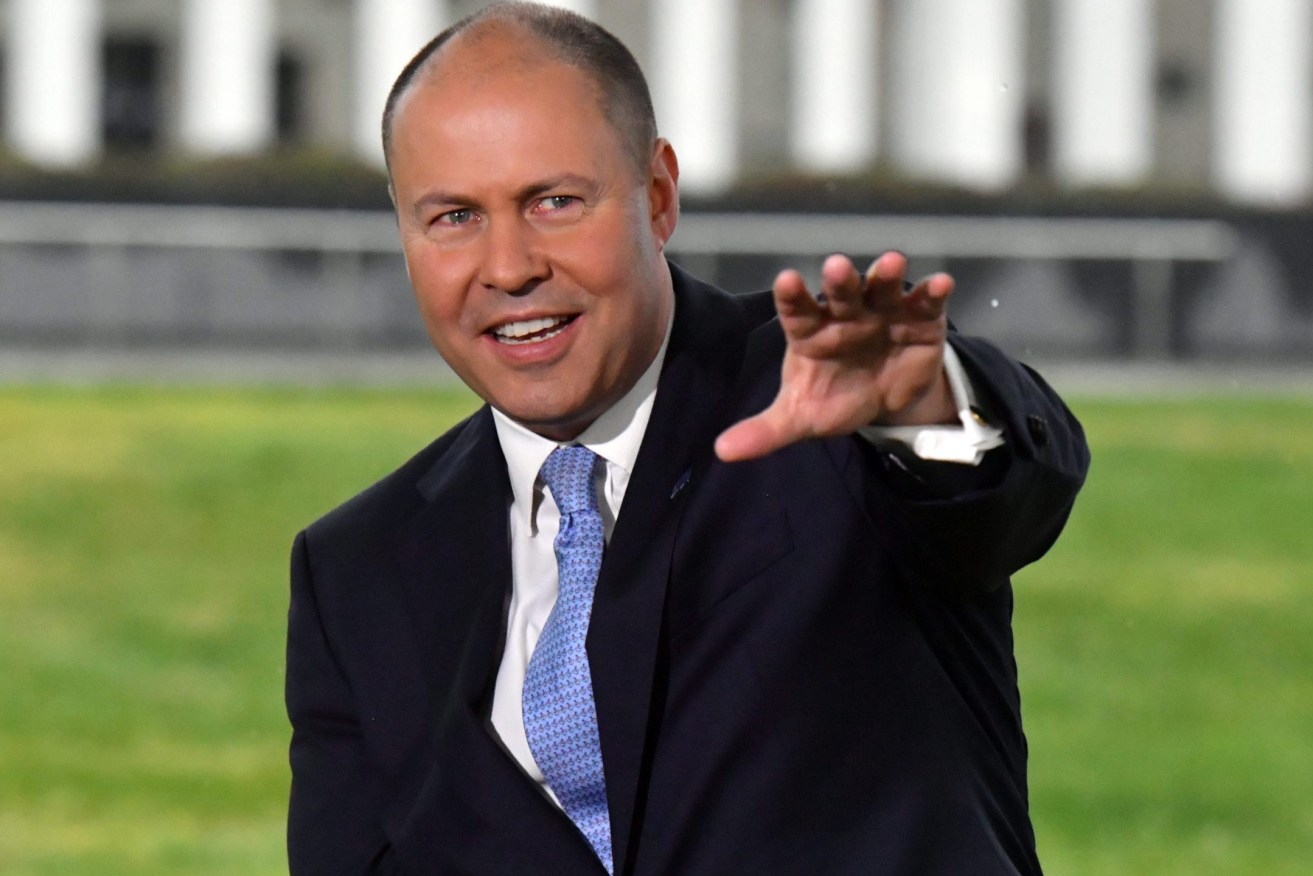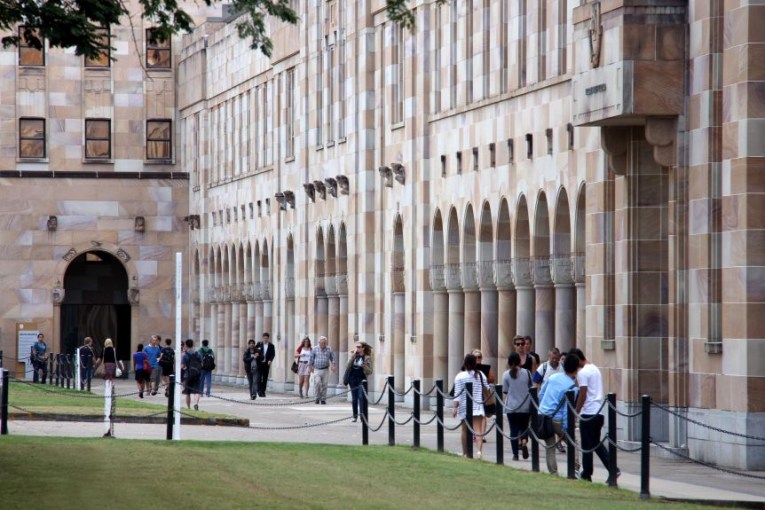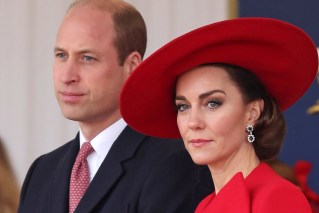Economy to end year on the rebound as budget deficit is cut by $16 billion
Australia is showing all the signs of a robust economic comeback from this year’s pandemic-induced slowdown, with growth forecasts being upgraded, employment looking healthier and this year’s budget deficit $16 billion smaller than what the Government said it would be just a few weeks ago.

Treasurer Josh Frydenberg will present his fourth Budget on Tuesday night. (Photo: AAP Image/Mick Tsikas)
The mid-year budget review released on Thursday shows the deficit for the 2020/21 financial is now forecast to be $197.7 billion rather than the $213.7 billion announced in October.
Annual economic growth for 2021 is now predicted to be 4.5 per cent compared with 4.25 per cent at budget time, while the jobless rate is expected to peak at 7.5 per cent in the March quarter, down from eight per cent forecast in the budget.
“Today’s budget update confirms that the Australian economy is rebounding strongly,” Frydenberg told reporters in Canberra.
The unemployment rate for November, also released on Thursday, unexpectedly fell to 6.8 per cent from 7.0 per cent in October. It remained at 7.7 per cent in Queensland.
The improved budget numbers are driven by savings on the cost of JobKeeper wage subsidy and a windfall from iron ore prices.
New figures from Treasury in Thursday’s Mid-Year Economic and Fiscal Outlook show the total cost of JobKeeper was revised down, saving the budget roughly $11 billion.
The number of Australians reliant on the wage subsidies has been reduced from 2.24 million in the October budget to 1.6 million in the mid-year update.
“There is a light at the end of the tunnel, but there is still a very long way to go in Australia’s economic recovery,”‘ Frydenberg said.
Business Council of Australia chief executive Jennifer Westacott said the government had softened the blow of the worst of the pandemic but now it was time for the private sector to take over the heavy lifting.
“To do this we have to drive new investment across the country with the right tax incentives, stop the antiquated industrial relations system working against job creation, wind back unnecessary red tape, get big infrastructure projects happening quickly and fix the skills system,” she said in a statement.
Global credit rating agency Standard & Poor’s said the financial indicators in the budget update are within the tolerances of Australia’s AAA rating.
“We believe high iron ore prices are providing some benefit to the general government budget, as will the country’s relatively quick economic recovery,” S&P said in a statement.
“(But) it will take years for a substantial fiscal recovery to occur in Australia.”
The agency has Australia’s top-tier rating on a negative outlook, saying that risks remain tilted toward the downside.
“This is no time for the government to be patting themselves on the back and saying job done,” Mr Jones told Sky News.
Another key factor in an improved budget bottom line will be the impact of a strong iron ore price at around $US150 per tonne compared to the $US55 per tonne that was assumed in the budget.
The treasurer believes there is still a degree of uncertainty around how long Chinese stimulus will persist and when Brazil will resume its normal production volumes of iron ore.
“Underpinning the MYEFO forecasts today are our continued prudent commodity price assumptions, with an iron ore price assumed to fall from high levels to $US55 a tonne in the September quarter of next year,” he said.
If the iron ore price remained elevated for longer than assumed, before falling immediately to $US55 a tonne, nominal GDP could be around $22.9 billion higher than forecast in 2020/21 and $2.9 billion higher in 2021/22.
This would have a flow-on impact to company tax receipts estimated at around $1.3 billion in 2020/21 and $4.8 billion in 2021/22.












